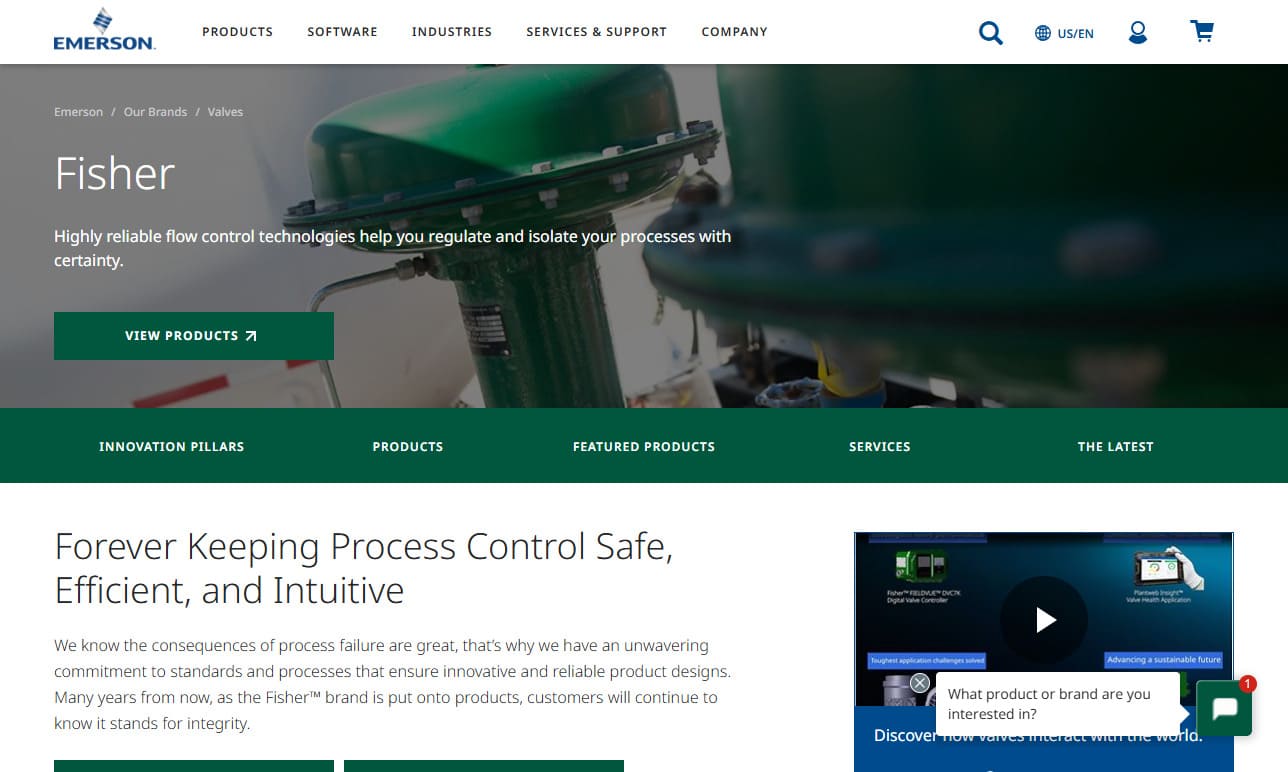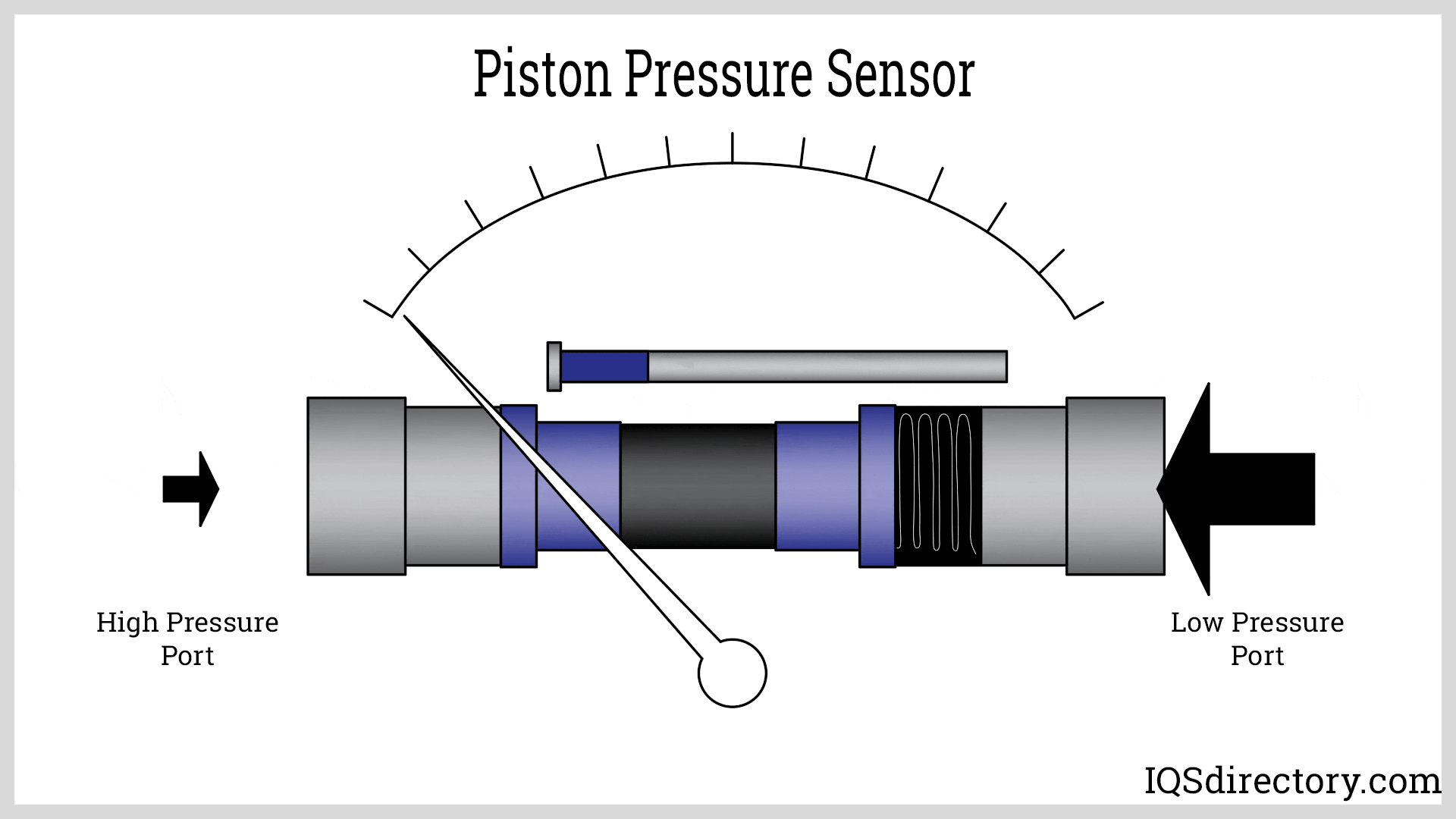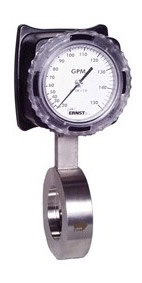Atmospheric pressure sensors, also known as air pressure sensors in some contexts, measure the force exerted by the weight of air and convert the information from electrical energy to a readable display. Sensors take the energy from the force of the pressure and change it into a comprehensible form that can be read from a gauge or display. Sensors are used extensively in meteorology to help identify weather patterns and predict upcoming storms. Read More…
Honeywell offers a broad portfolio of pressure transducers for test and measurement in industrial, automotive/transportation, aerospace, and medical applications Honeywell’s pressure transducers are suited for both high and low temperatures. Products include strain gauge pressure transducers, differential pressure transducers, LVDTs and miniature pressure transducers. Customization is available ...

At Emerson Automation Solutions, we dedicate ourselves to advancing precision measurement and control technologies that empower industries to operate safely, efficiently, and sustainably. Our work in pressure transducers exemplifies this mission, as we engineer and manufacture high-performance sensors designed to provide accurate pressure readings under the most demanding industrial conditions.

We design and manufacture acceleration, pressure and weight sensing products. Setra makes fuel cell pressure transducers, industrial strain gauge pressure transducers, HVAC/R pressure transducers, ultra-high purity and vacuum pressure transducers plus other types. We've been in business since 1967.

Ashcroft® manufactures a full line of high-quality pressure transducers for reliable use in applications for high-volume OEM, general and heavy industrial and HVAC. Our line offers products with award-winning features. Our company realizes that as times change, so do the needs of industry. Products we manufacture have become the benchmark in our industry.

At Endress & Hauser, we take pride in being a global leader in process automation and instrumentation, dedicated to helping industries achieve precise measurement, control, and efficiency. Our expertise in pressure transducer technology allows us to deliver solutions that ensure reliable process monitoring and optimized system performance across a wide range of applications.

At ABB, we are driven by the pursuit of precision, innovation, and reliability in every solution we deliver. Our expertise spans across industrial automation, electrification, and advanced measurement technologies that empower industries to perform at their highest potential. As pioneers in process instrumentation, we design and manufacture high-performance pressure transducers that provide...

More Atmospheric Pressure Sensor Manufacturers
Scientists use atmospheric pressure sensors during research and experiments because substances behave differently when under pressure. Atmospheric pressure sensors are also called barometric pressure sensors, because barometers are instruments that measure atmospheric pressure, which is the force per unit area exerted against a surface by the weight of air. A column of air measured from sea level to the top of the atmosphere weighs approximately 14.7 pounds per square inch (PSI). There is less pressure at high elevations because there is not as much air or atmosphere above: the higher above sea level, the lower the pressure.
Because atmospheric pressure varies, these sensors are useful and very important. The size and shape of these sensors varies depending on the intended application. For example, scientists hiking up a volcano will use a battery powered sensor with a thick plastic case to protect it from the rough conditions whereas research conducted in a lab requires only a small electronic model. Atmospheric pressure sensors provide mountaineers with information about their elevation, helping keep them safe.
Atmospheric pressure sensors are designed using a silicon diaphragm that bends or resonates with increased and decreased intensities, depending on the pressure. For example, on top of a mountain the diaphragm would not have as much pressure from the atmosphere above and would therefore not bend as much as it would at sea level, where the air column exerting force is taller and weighs more.
A charge running through the sensor detects and transmits the frequency information to the display, usually producing a reading that compares the atmospheric pressure to absolute pressure, or the pressure of a perfect vacuum, which is 0 PSI.
This provides a common starting place for readings and helps standardize results that are important to the scientific community. Atmospheric pressure sensors need to be calibrated at times to ensure that the readings are accurate. Calibrators are instruments that make sure that everything is functioning correctly and accurately; it is a safety hazard if air pressure is unregulated or misread. Air is less dense at lower pressures and is therefore much cooler than at normal elevation; many atmospheric pressure sensors have a temperature compensation feature to take this into account.












 Flow Meters
Flow Meters Leak Detectors
Leak Detectors Level Switches
Level Switches Pressure Gauges
Pressure Gauges Pressure Switches
Pressure Switches Pressure Transducers
Pressure Transducers Castings & Forgings
Castings & Forgings Bulk Material Handling
Bulk Material Handling Electrical & Electronic Components
Electrical & Electronic Components Flow Instrumentation
Flow Instrumentation Hardware
Hardware Material Handling Equipment
Material Handling Equipment Metal Cutting Services
Metal Cutting Services Metal Forming Services
Metal Forming Services Metal Suppliers
Metal Suppliers Motion Control Products
Motion Control Products Plant & Facility Equipment
Plant & Facility Equipment Plant & Facility Supplies
Plant & Facility Supplies Plastic Molding Processes
Plastic Molding Processes Pumps & Valves
Pumps & Valves Recycling Equipment
Recycling Equipment Rubber Products & Services
Rubber Products & Services